How to Choose the Right Office Chair

Our evaluations and opinions are not influenced by our advertising relationships, but we may earn a commission from our partners’ links. This content is created by TIME Stamped, under TIME’s direction and produced in accordance with TIME’s editorial guidelines and overseen by TIME’s editorial staff. Learn more about it.
Even in 2023, we all still have WFH days occasionally — and let’s be honest, there’s absolutely no way that you can slouch around on your couch or bed all day without completely throwing out your back or ending up with aches and pains that you absolutely don’t need. This is why it’s more important than ever to invest in an office chair for your workdays and your little students in case you have kids.
The right office chair will not only do wonders for your back, it will also help improve your posture both sitting and standing, reduce hip pressure, and prevent pain in both the back and stomach. However, since there are so many different options on the market right now, knowing what to look for in an office chair can be pretty overwhelming. They all have different features and are made of all sorts of materials, so it’s completely understandable to have no idea what you’re looking for. After all, do you really need the expensive option?
Thankfully, there are some very specific features that everybody should look for when it comes to picking the best office chair for them. Once you check off all the options on our list, the search for the right office chair will be easier than ever.
To pick the best office chair for you, it’s important to go through a basic checklist of important qualities to consider. Here are the eight major attributes when picking the best office chair for your WFH life.
Since we’re all different heights, it’s extremely important that your office chair can adjust to your height effectively. Ideally, when you’re seated, you want your thighs horizontal to the floor, at a 90-degree angle. Many office chairs offer levers that will move the seat up and down, so you can adjust it accordingly.

Similarly, you want to make sure your back is correctly positioned when you’re working. There are generally two types of backrests available: those that are attached to the seat and those that are not. You’ll want to be able to move the backrest back and forth if it’s attached to the seat, and if not, you want to make sure there is a locking mechanism holding it in place, so your backrest – and your back – doesn’t suddenly get out of whack. You should also make sure that you can adjust the backrest at an angle, and at various heights.
Adequate lumbar support in the form of a contoured backrest will help give your body the comfort and support it needs. For proper lumbar support, you want to make sure that your lower back is always slightly arched in order to prevent slumping throughout the day. This also helps reduce pressure on the lumbar discs in the spine, preventing back aches down the line.
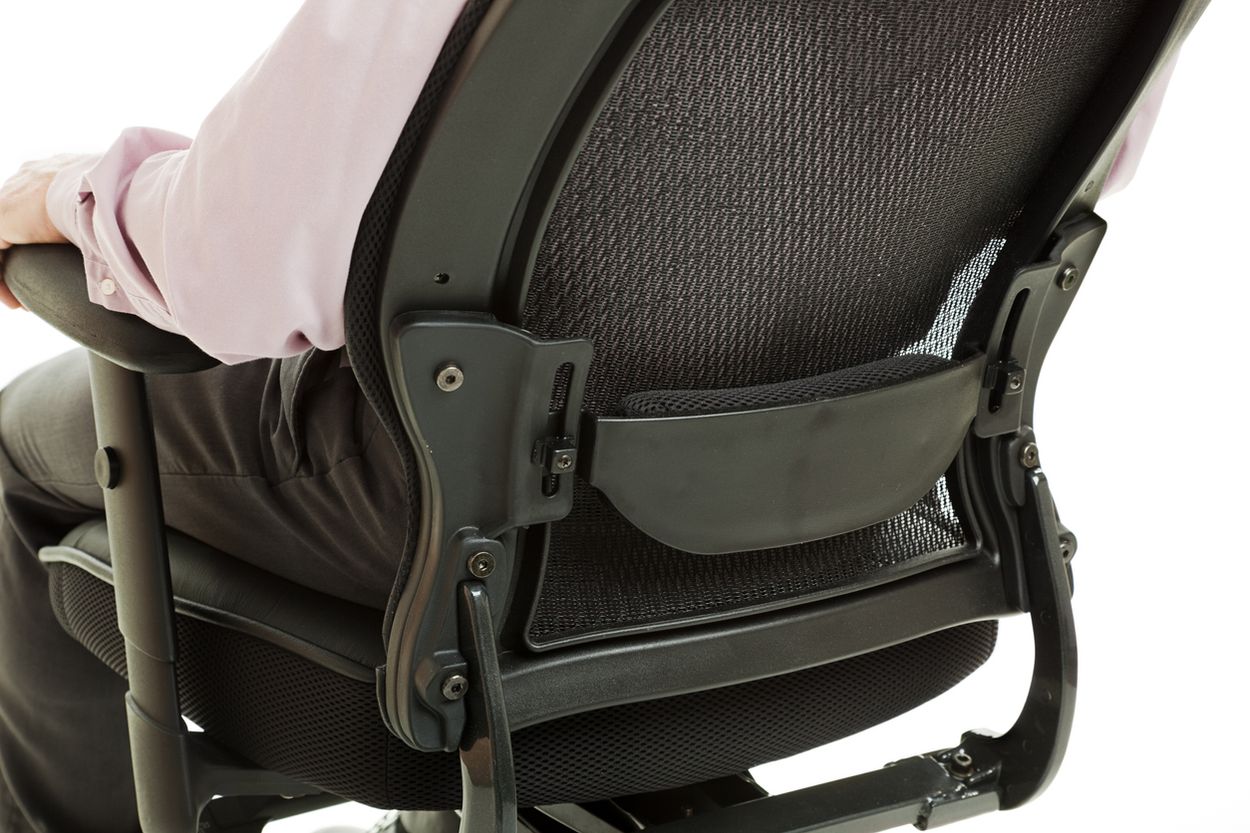
In terms of seat size, you want to make sure that your office chair is sufficiently deep and wide enough for you to sit comfortably. If you’re on the taller side, look for a deeper seat, but ideally, you want to make sure that when you sit with your back against the backrest, you have approximately 2 to 4 inches between the back of your knees and your seat. You should also be able to adjust the tilt of the seat forward or backward, depending on how you choose to sit.
This is more of a personal preference, but ideally, you want a breathable, fabric material that soaks up heat, and that you can sit on for hours at a time. In terms of padding, it’s better to go with something that is neither too hard nor too soft: A very hard surface might prove to be too painful after a couple of hours, while a soft one won’t offer enough support.
Related: Best Office Chairs for Back Pain
An armrest is a good addition for an office chair because it will help to take some of the strain off your neck and shoulders when typing. You should also ideally look for armrests that are adjustable, in order to get the right height and positioning so you don’t slouch.
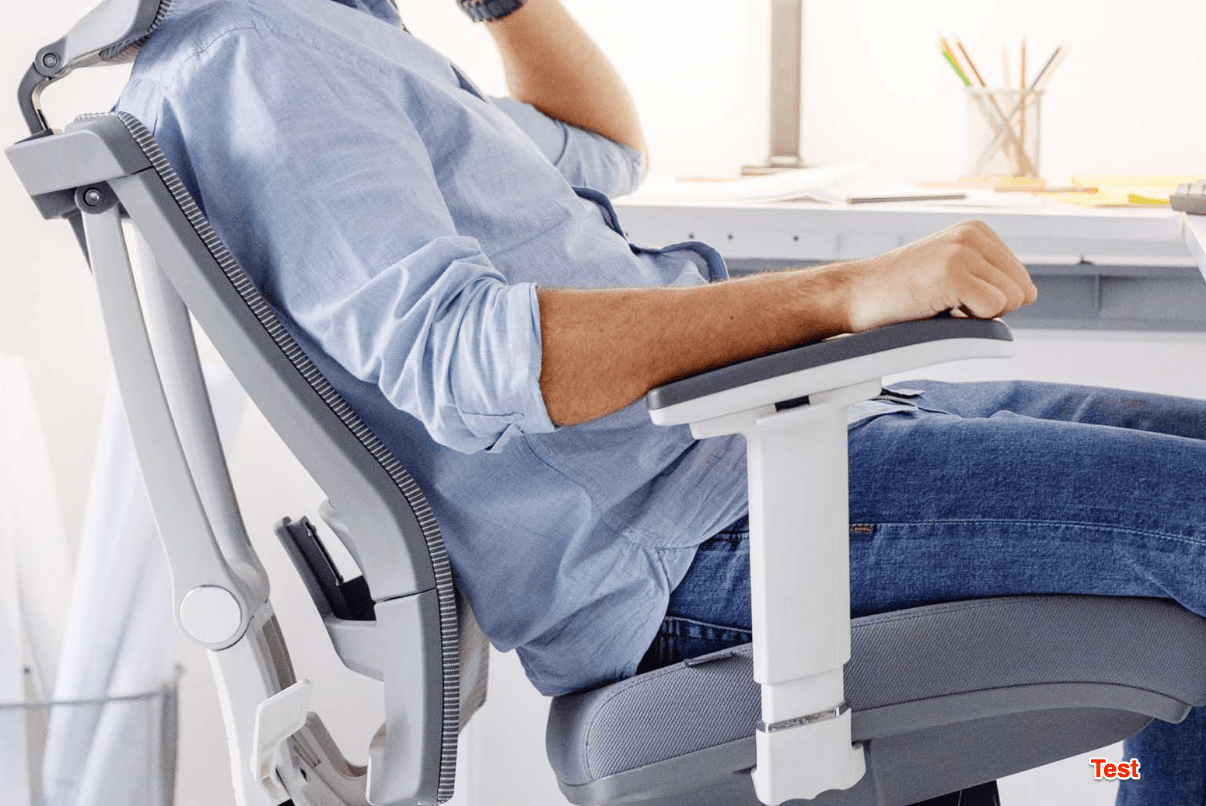
While having controls for your comfort level is great, it kind of defeats the purpose if you have to struggle to reach them! You should be able to easily tilt, go higher or lower, or swivel from a seated position in order to not cause more strain on your muscles. It’s a red flag if you can’t adjust the chair while you’re sitting in it.
A chair that you’re able to move around and swivel is also a great feature to have: Being able to move around to different areas near your desk will add to your efficiency. Look for an office chair with castors that work with your floor material, whether that’s a carpet, hard surface, or combination.
While you don’t necessarily need to invest in too many accessories for your office chair, there are certain options you could consider if you’re particularly sensitive to aches and pains in certain body parts.
Unlike a cushion for the back, a comfort below goes under your butt (coccyx), which can alleviate tailbone soreness from a hard seat. Get one with memory foam for added support.
If you have particularly hard flooring, a memory foam, orthopedist-approved, under-desk foot cushion will help to mold to your feet for support that spreads up through the legs, hips, and back.
Sensitive wrists will appreciate a specially crafted ergonomic keyboard, which uses a slanted palm rest and curved key bed to encourage natural wrist and arm alignment for decreased strain while working.
A lumbar cushion is much firmer than a coccyx pillow and is designed at an angle. It attaches over your seat back to provide fuller back support that spans behind just the lumbar and up into the mid-back.
There are six main types of office chairs on the market, and the one you pick will be based on your usage and needs. Here are the main ones, along with their advantages and disadvantages.
The most classic kind of office chair, task chairs are exactly that: Intended to slide under a wide variety of desks and perform a number of tasks. They come in an array of materials and offer various levels of support, often featuring armrests, higher backs, and wheels.

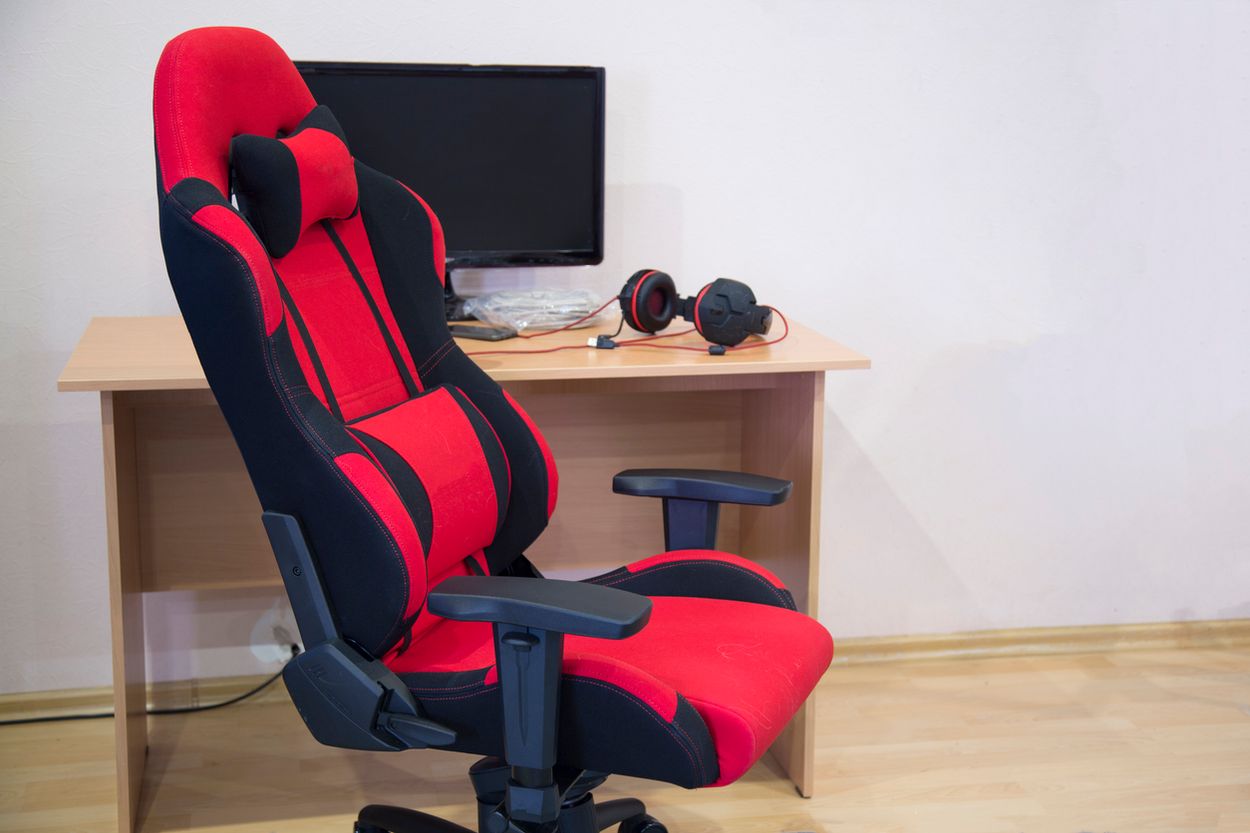
An ergonomic chair will offer superior support, often having advanced features such as headrests, customizable lengths and fabrics, and extra back support in order to reduce strain and support good posture.

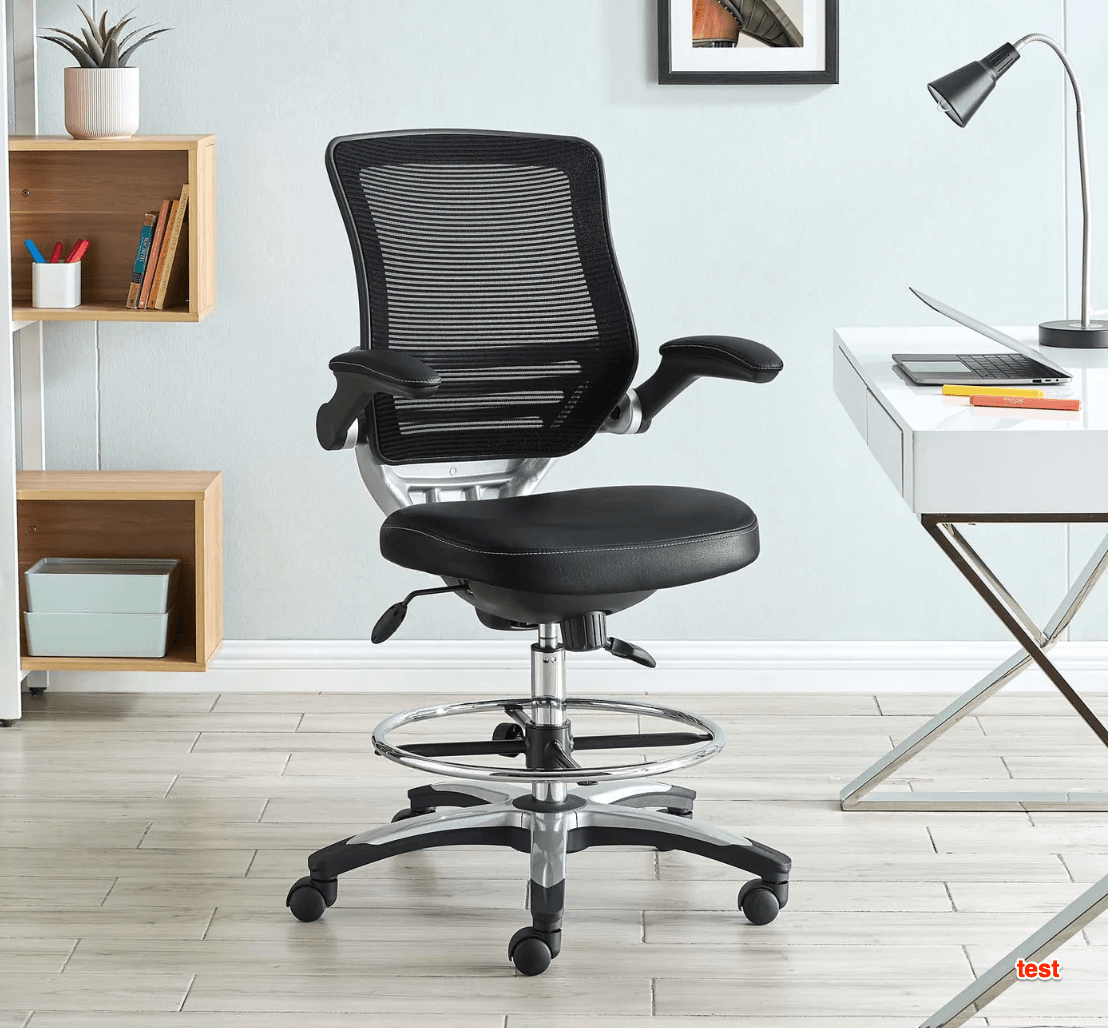
Drafting chairs offer higher elevation than traditional office chairs, and are usually used by those in visually-oriented fields who sit at drafting tables. They also usually lack armrests, in order to provide more freedom of movement when drawing.
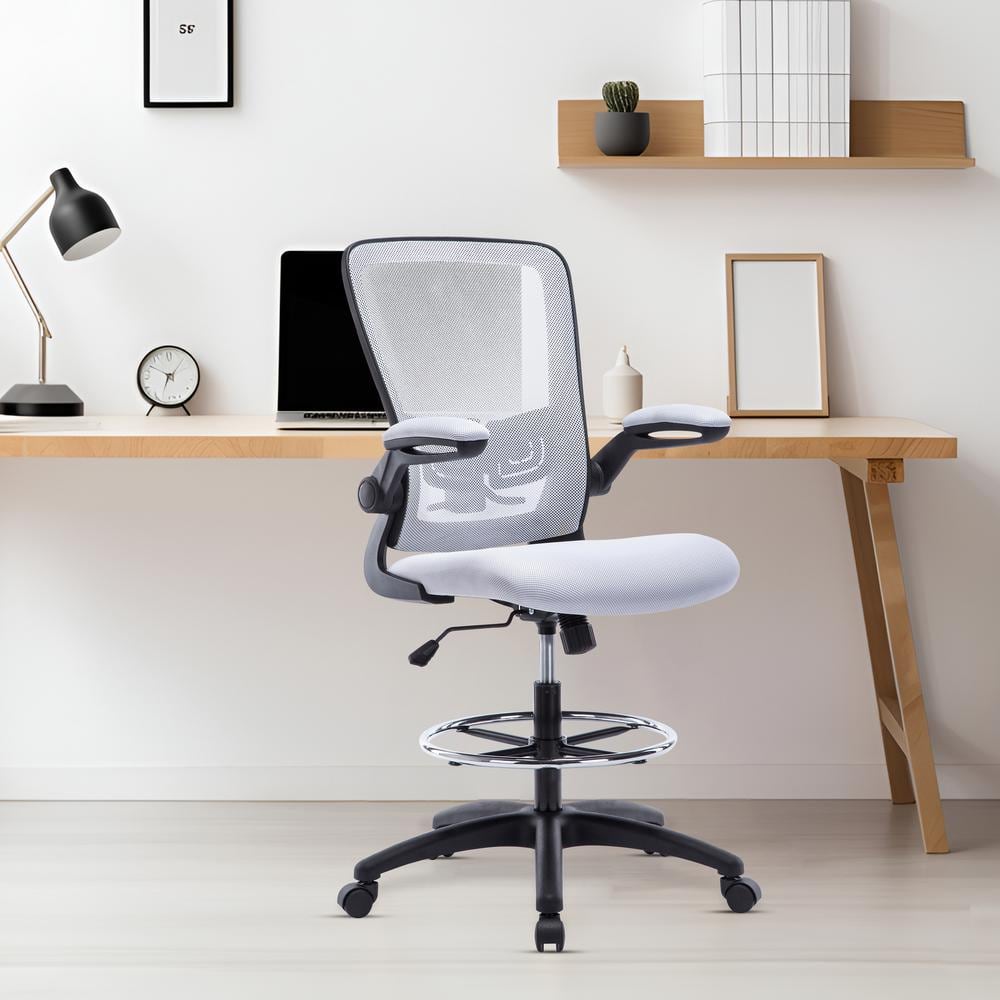
Specifically for those on the larger side, big and tall chairs make sure these individuals don’t have to be stuck in uncomfortably cramped quarters.
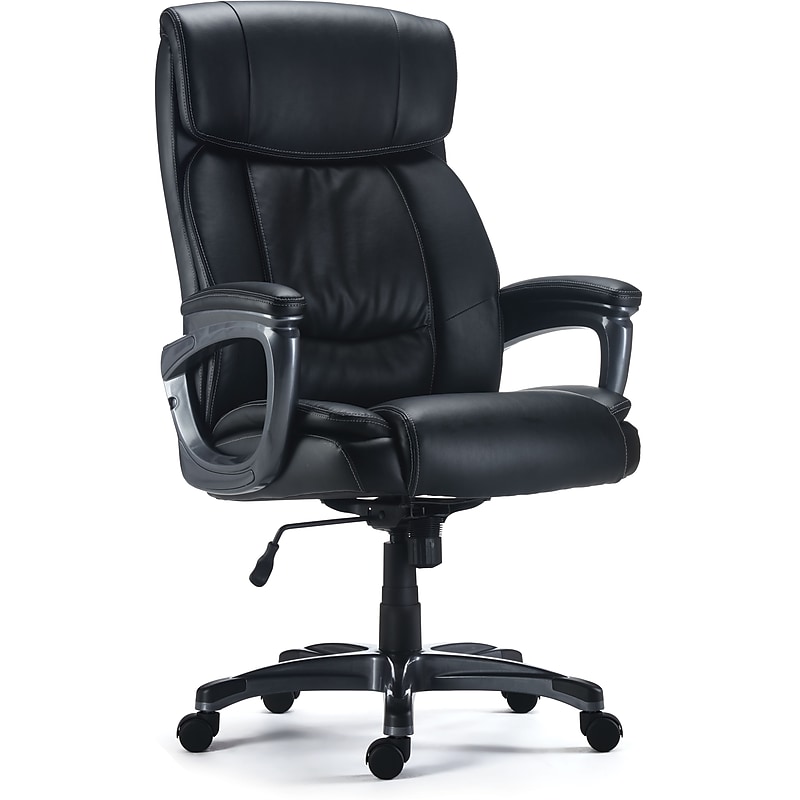
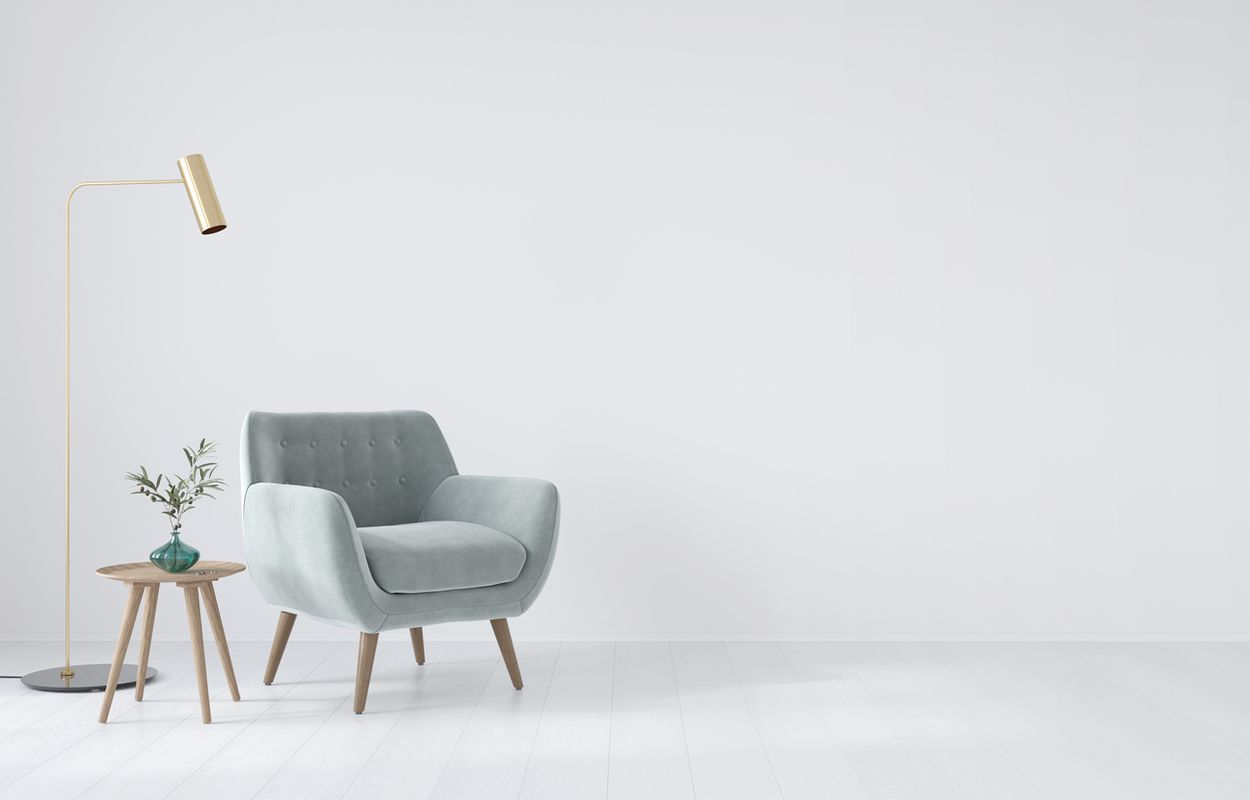
A more modern chair, a reception chair isn’t actually designed to be worked on all day. It works well for small meetings and short spurts of productivity, and is more of an accent piece.

For rooms that serve dual purpose, stackable chairs would do well. These can be stored away easily when not in use, and although they may lack all the features of traditional office chairs, you can find some fairly comfortable ones on the market right now.
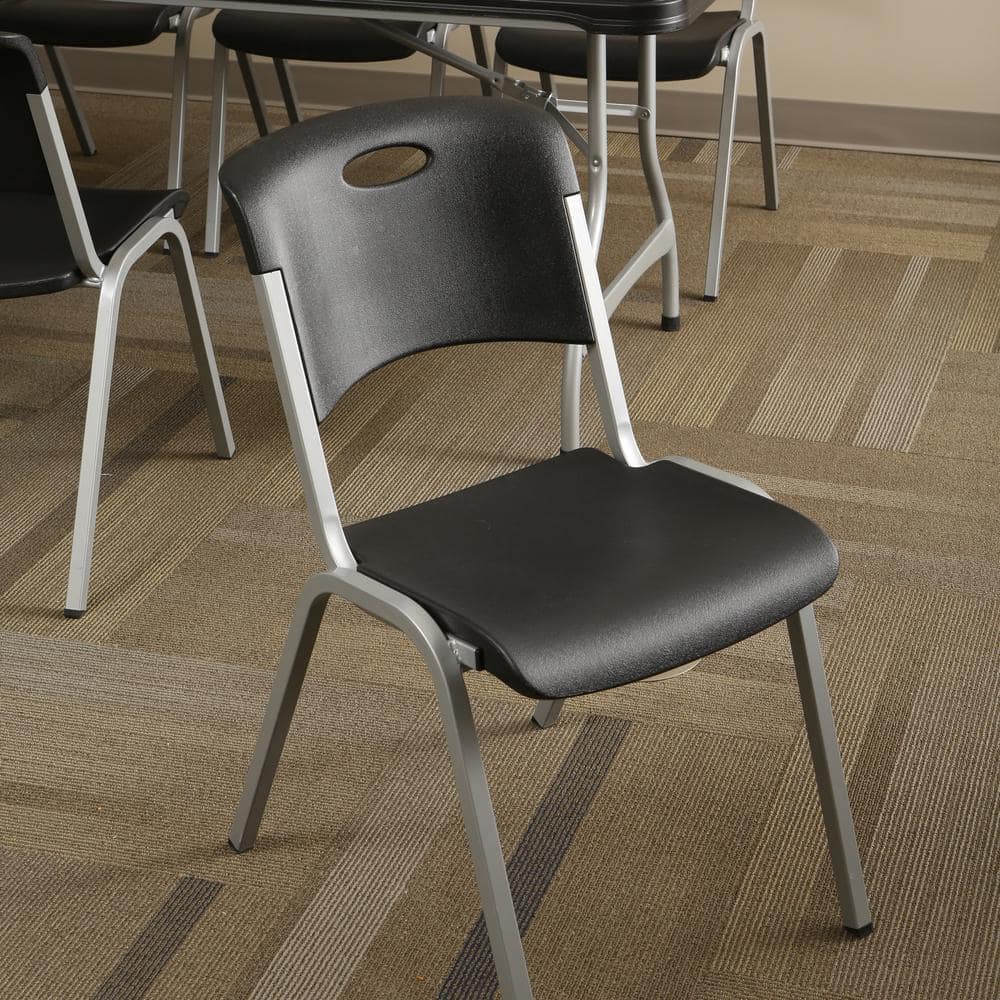
The information presented here is created by TIME Stamped and overseen by TIME editorial staff. To learn more, see our About Us page.



